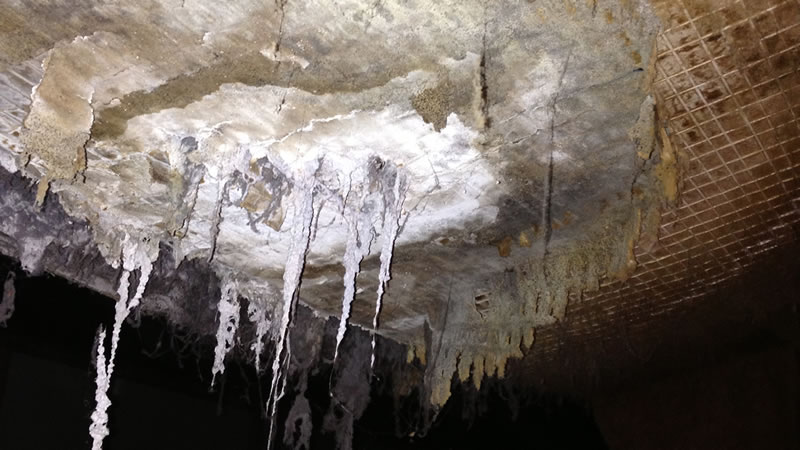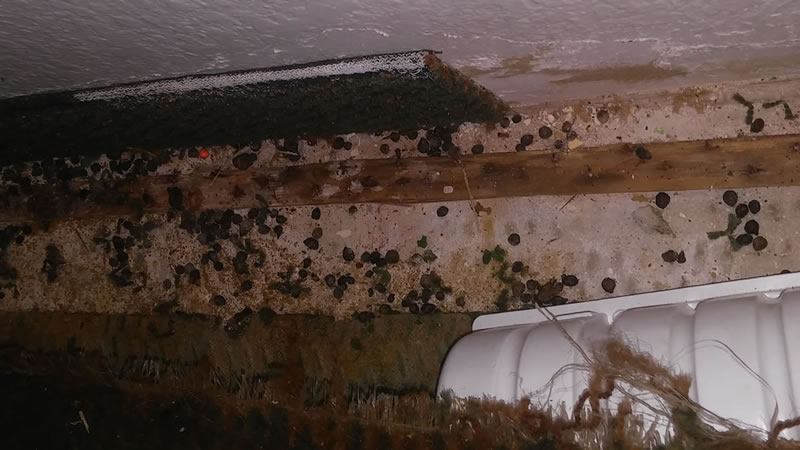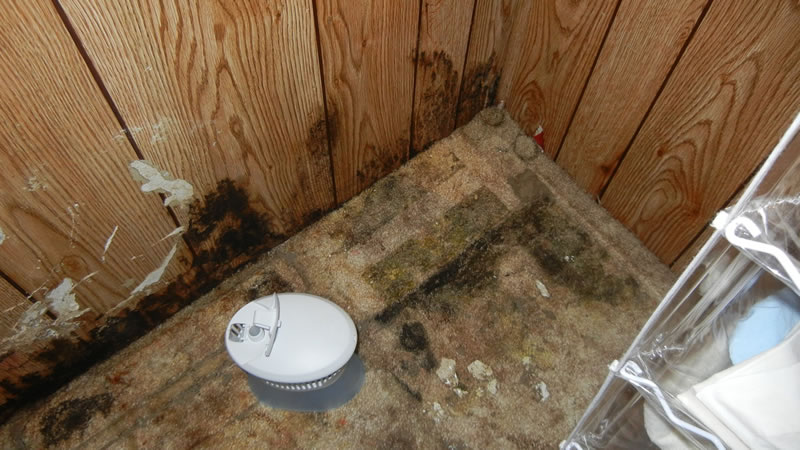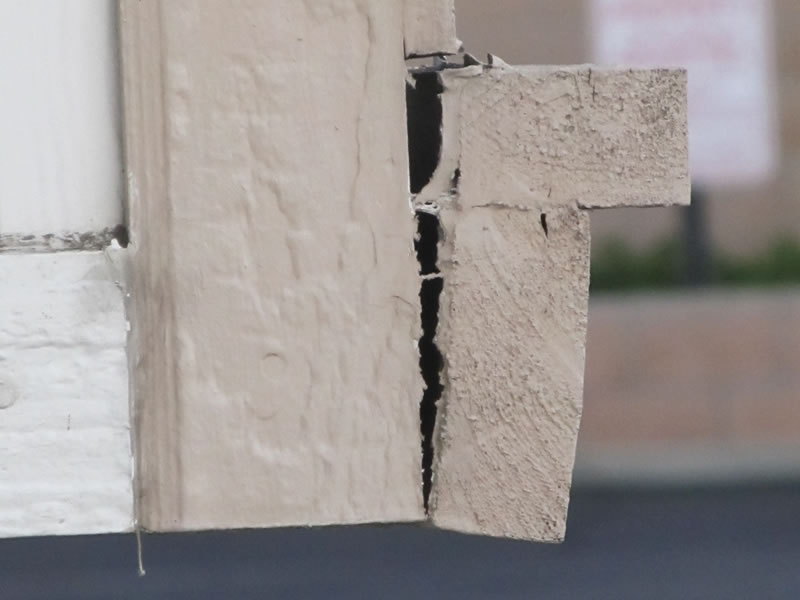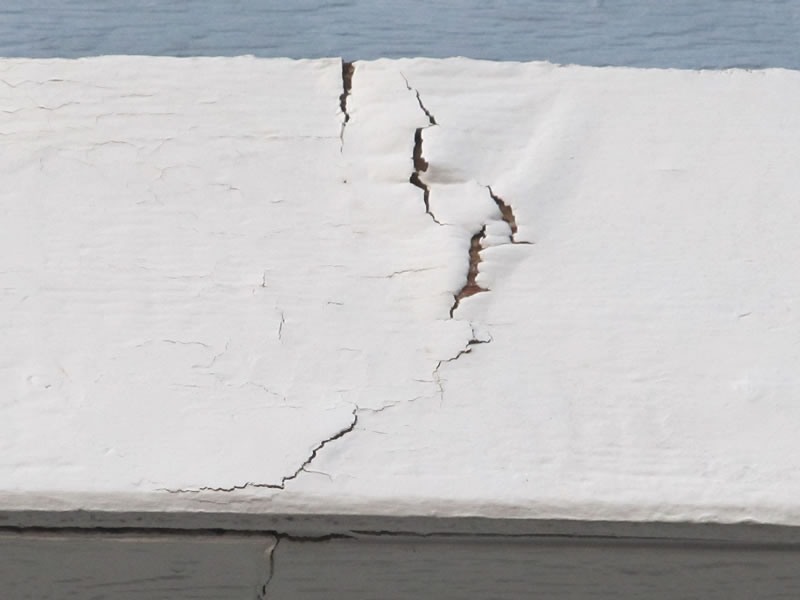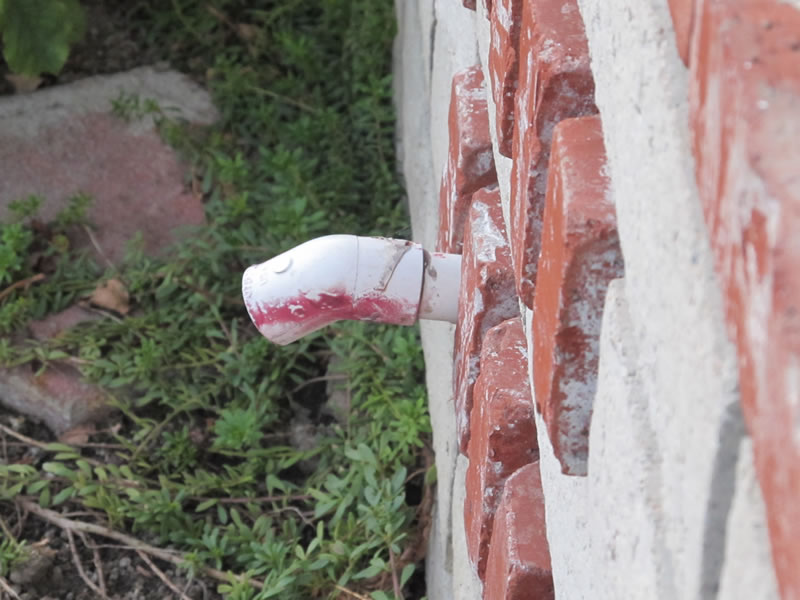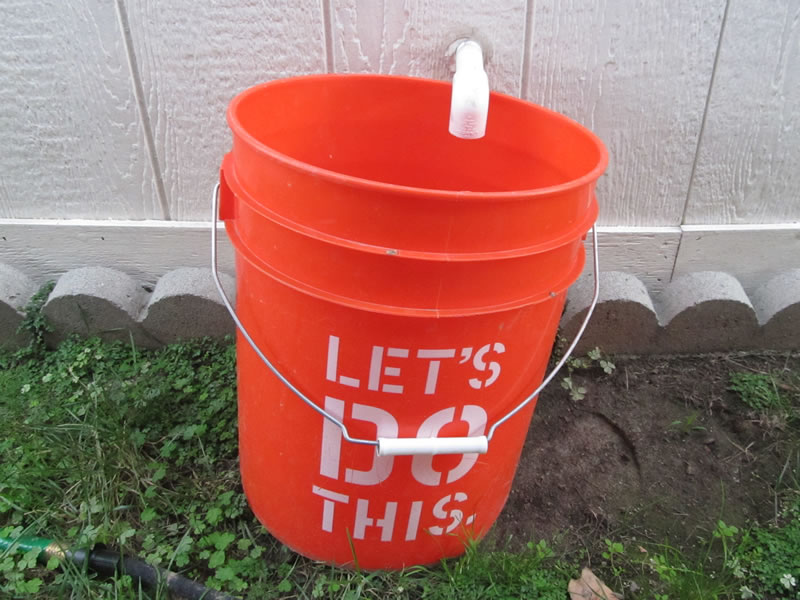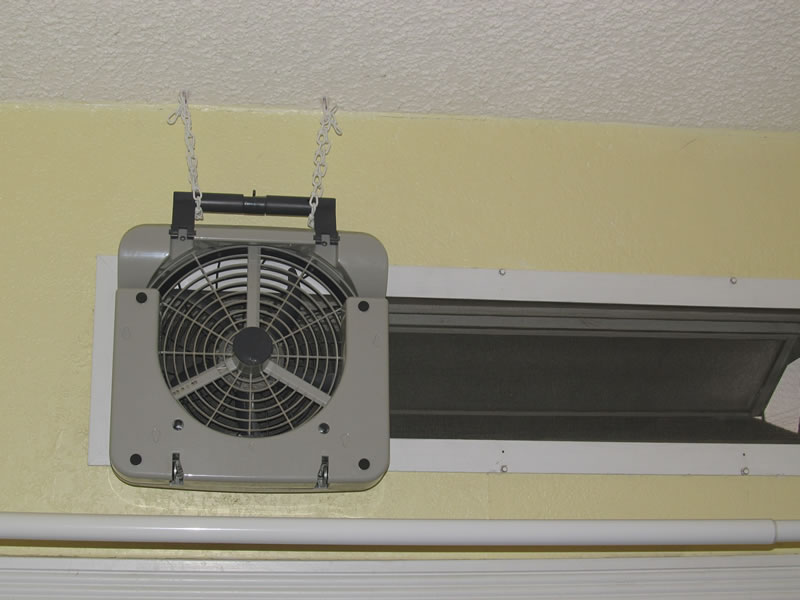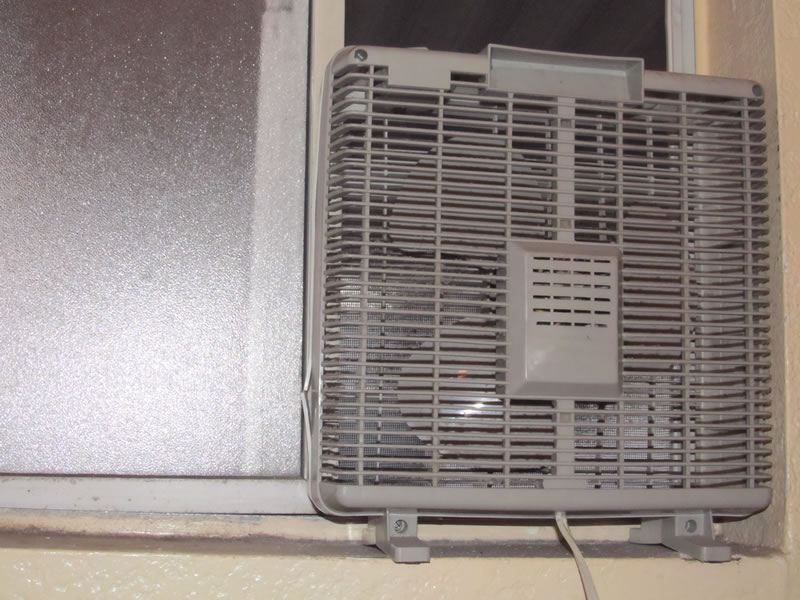Mobile Home Owner Tips
Mold and Rot – Major Causes of Mobile Home Deterioration
Some writers (Grissim Guides) have said that maybe two-thirds of mobile homes are not built of the highest quality. That's not to say they are bad. In California, all new mobile homes have to meet certain standards. But some may be built with lower cost materials than others. They may look fine on the outside, but inside they are weaker. This would not be a huge problem if owners took the time to prevent deterioration.
New Routine Chores!
If you have moved into a mobile home from apartments, you may not be used to keeping an eye on the property. But now it's your property. And if you don't maintain it, you may not be able to sell it later. Or, you will have to lower the selling price. If serious structural problems are allowed to continue, the park owner may insist they be repaired. At that point, it may cost so much that you cannot afford to stay.
A problem that isn't fixed will often grow larger. By learning a few new house chores, you will be able to spot problems when they are still small and stop them from spreading. There's work in owning a home, but the trick is to stay on top of the situation and manage it before it grows out of control. By finding problems early, you will have less work and save more money.
If you stay ahead of the problems, you can keep any mobile home livable for a long time. Most of the things listed here are one-time repairs and the inspection need only be done once or twice a year - but the savings can be great.
Remember, that if you are going to sell your home in the future, it may need to pass inspection. Any problems you have not fixed may be discovered and cause the home's selling price to fall. You may not be able to sell the house at all until you fix the problems.
The law may require you to reveal any problems you know about the home when you try to sell it. The solution is to train yourself to look for problems and maintain the home. It doesn't take a lot of time to inspect your house and it is really worth your time to look at what you own and take care.
Water is the BIG Enemy
One of the major causes of deterioration is water. Some of the materials used in mobile home construction may act like a sponge when water touches them.
If water is allowed to seep into the structure and stay, the home may start to rot and mold. This slow-growing problem may not show up for a long time, and then one day you have a surprise. But you won't be surprised if you take some time to inspect the home and quickly fix any problems.
If water exposure is allowed to go for too long, whole floors and walls may be damaged and the repairs can be expensive. A home that has been overgrown with mold and rot may be unhealthy to live in and may have to be demolished.
Here are some things a homeowner can do to keep the home sound, prevent expensive repairs and protect the value of the home.
Inspect the Roof
Someone, either you or a qualified handyman, needs to go onto the roof and check all ceiling tiles and places where water may seep. You should get this done once a year, as an ounce of prevention.
Don't climb if you are not comfortable and experienced. Use ladder safety. Make sure to check the water drainage paths and push along the structure with your hands feeling for soft spots. If you find them, they may need to be removed and the area filled with filler or boards replaced before it spreads.
Find the cause of the soft spots and fix if before it is too late. If your roof fails, you have serious health and safety problems and this could be enough reason for park owners to ask you to repair or remove the house.
Caulk and Seal Joints and Trim
Water can seep and soak into joints where house trim and wall materials are joined if the joints aren’t well sealed. Caulking all the joined areas may be time consuming but this is another way to preserve the home. The cost for parts is low. A caulking gun and some tubes of caulk can be found at any hardware store.
It is well worth the investment to go around the entire outside of the home and make sure every joint is well sealed. Larger holes may need to be sealed with filler designed for outdoors.
Paint
Paint helps to seal the spongy boards and materials from soaking water. Some paints are more waterproof than others. A glossy or semi-gloss paint tends to shed water better.
If a cheap paint is used, you may need to spend more time keeping an eye on it to prevent rot. The best time to paint is in the warmer seasons and after all the caulking has been inspected and done.
Wherever the paint is chipped or worn away is a place for potential deterioration. The south facing parts of the home may need touch up work more often than the shady sides.
Clear the Rain Gutters
While you have the ladder handy, now is a good time to check all the rain gutters and clear them. You may need to wash them out with a hose. If rain gutters are allowed to fill with dirt and clog downspouts, then the water will overflow. Overflowing water may run onto boards and seep into walls and wood. Then the soaked area may rot.
Next time it is raining hard, put on a poncho, go outside and check all the gutters outdoors. Check the downspouts to be sure water is flowing out of them. In California, you may only need to clean your gutters once every 10 years, unless you live under trees. This is why gutters exist, to direct water away from the home to preserve it.
While you are outside in the rain, check for drips and water running down the sides of the house. Remember the places so you can tell the roof repairman about it. If there is water dripping on the decking and stairs, put a container under it to catch the drips. Don't allow water to drip on things that should be kept dry.
Trim Plants Away from Walls
Trim shrubs and trees away from the walls so that air can get in after a rainstorm and allow the walls to dry. Check that your lawn and garden sprinklers are not hitting the walls and soaking the wood. Have them adjusted or changed to keep the outer walls dry. Make sure that after the sprinklers run, the walls are able to dry. Check that lawn and garden watering systems are not making water pool up or run under the house. Anywhere that the skirting or porches touch water may soften and deteriorate.
Drain the Air Conditioner to the Outside
Air conditioners have to drain. They take humidity out of the house and the liquid water runs out of them from a pipe. Many mobile homes just allow the pipe to dump the drainage underneath the house. This creates a mud puddle under the home where the humidity is high. If the mud puddle touches the skirting or structure, you have the potential for water soaking into the porous building materials.
High humidity under the house can enable mold to grow. To help prevent mold under the house, add an extension to the drain pipe that makes it drain to the outside of the house. If you are lucky, you can water your garden with the drainage. Get your AC drainage routed to the outside of the house.
Vent and Keep Moisture from Remaining in Bathrooms
Some mobile homes do not have ventilation fans in the ceilings of the bathrooms. When people take hot showers, the bathroom fills with steam. This steam and mist will settle on the walls and can contribute to mold.
One way to vent these bathrooms is to have a fan installed, or vent the humidity out the window with a small box fan. After every shower, close the bathroom door, open the window and run the fan for an hour or so to vent the moist air to the outside. You can crack the door and crack a window in another room to allow cross ventilation while the fan is running.
If you don't have a convenient ledge for the fan, you may put one on hooks so it faces the window. There are small battery operated fans that can run for a long time without changing the batteries.
Fight Termites
Termites living in mobile homes can eventually damage large areas. Even if the termites are no longer there, they leave holes and channels burrowed in the structure. If there is water seepage it may flow through the termite tunnels and spread further than it would without termites. It is important to try to halt termites wherever you find them because they can weaken the building and their tunnels can increase water damage and mold. Call a professional termite company.
Check Toilet Fittings and Sinks
Check the area around where toilets touch the floor. Sometimes there is a small leakage at the joint that can cause the floor to stay wet and rot. If the floor is soft or spongy compared to the rest of the floor, you should get it repaired quickly before the problem area grows. Likewise for sinks. Make sure water is not dripping under sinks or where washing machines are hooked up.
Get Help Before it Worsens
If you discover that your home has too many expensive problems, there may be assistance that will help you get the home repaired. Don't delay. Use the contact list below to apply and get the home repaired before the problems grow and you risk losing the home. There may be legal assistance if you just bought a home that has more problems than you knew about.
Again, contact your HOA or local legal assistance to get your situation looked into. If you are being treated unfairly, don't silently take it, get assistance. Below are some links that will enable you to find out more about getting help.
If your rent increases have caused you to have less money for maintenance, be sure to reach out and contact these people. You may find legal protection and funds available.

